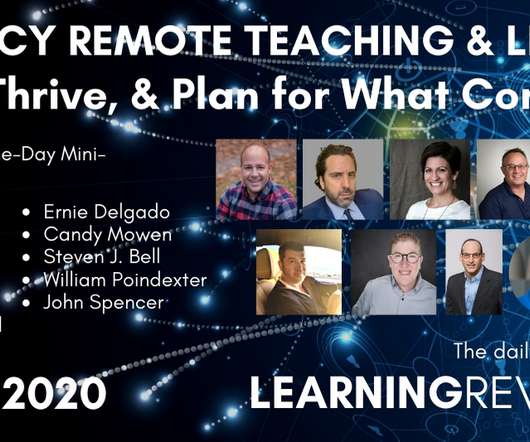How Family Engagement Leads to Student Success
Waterford
JULY 7, 2022
Graduate from high school and attend post-secondary education[2]. Analysis of Parental Involvement and Self-Esteem on Secondary School Students in Kieni West Sub-County, Nyeri County, Kenya.” Parental involvement in middle school: a meta-analytic assessment of the strategies that promote achievement.” Wairimu, M.J.,




















Let's personalize your content